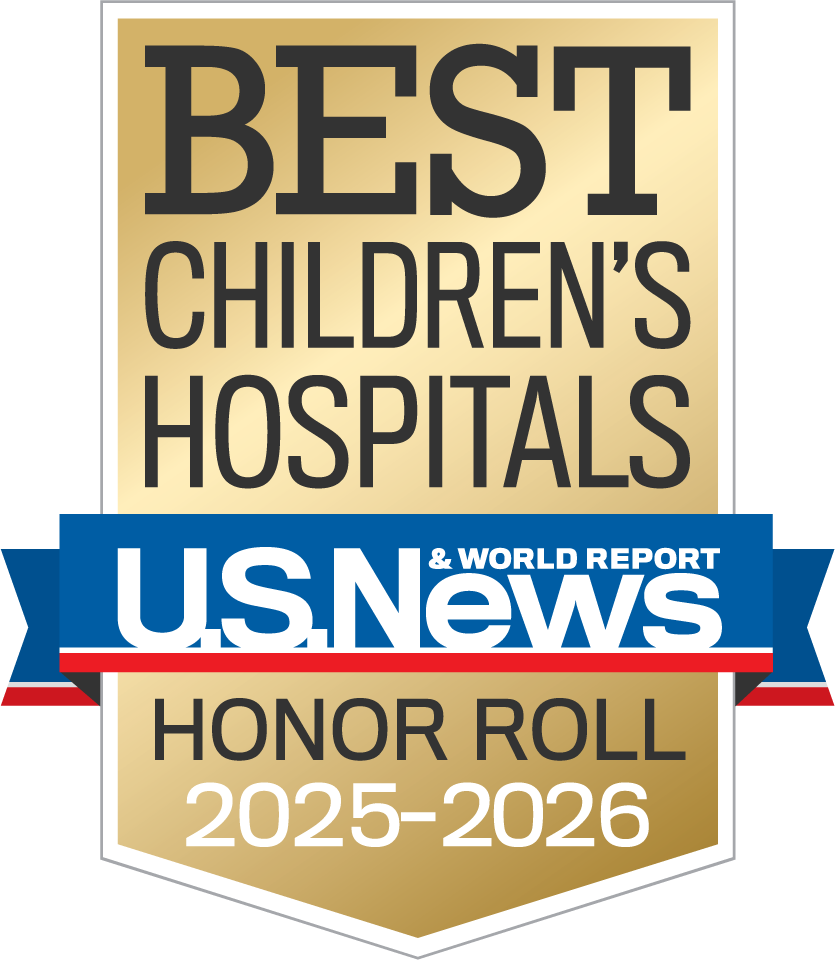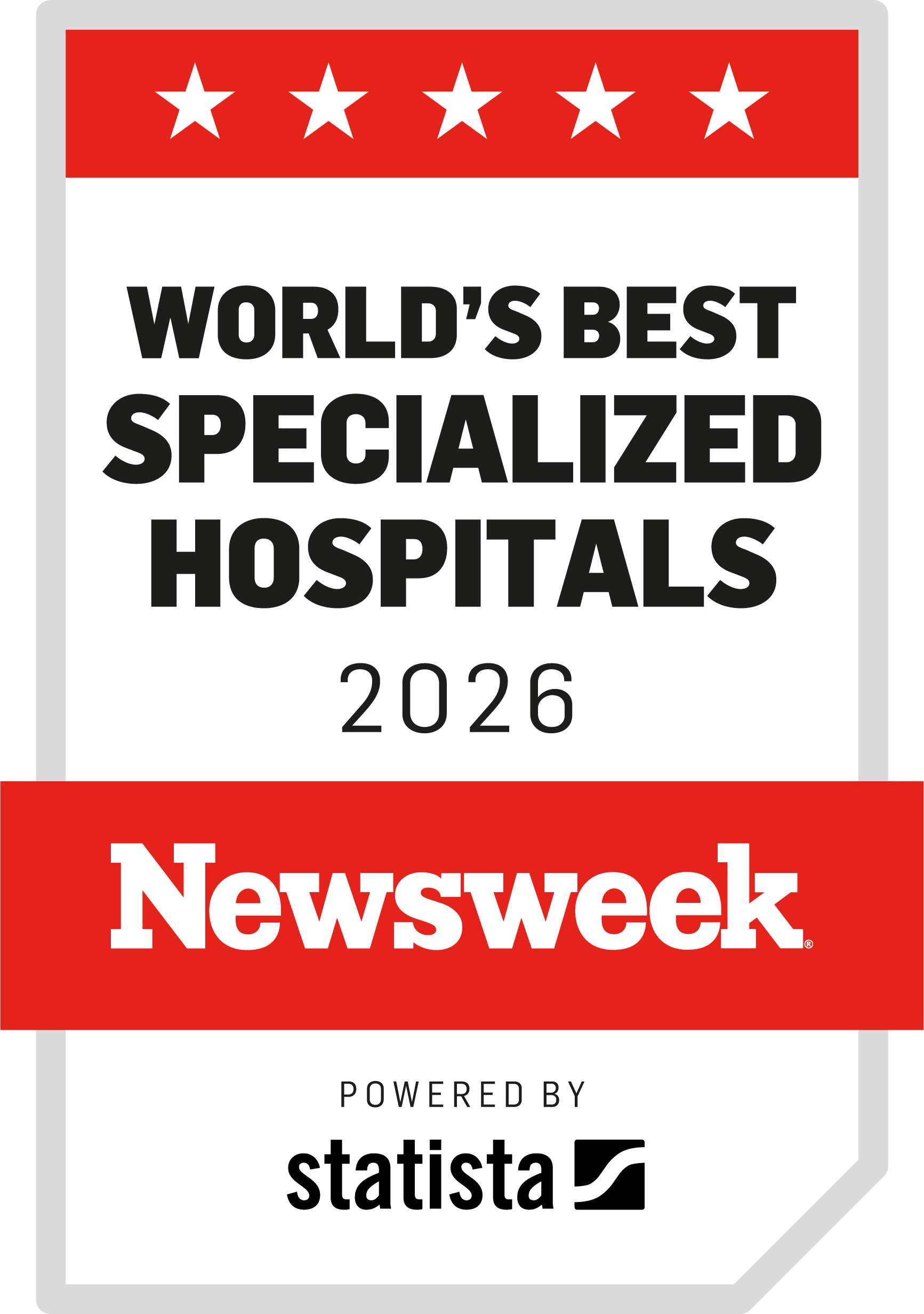Sickle Cell Disease | Symptoms & Causes
What are the symptoms of sickle cell disease in children?
Sickle cell disease in children can look very different from one child to another, depending on their genetic type. Even children with the same type can have very different symptoms. Because of this, symptoms can be hard to predict. The symptoms and complications of sickle cell disease may include:
- Anemia is the most common feature of all the sickle cell diseases. Anemia may delay normal growth and development and decrease energy and endurance.
- Pain crisis (also called vaso-occlusive crisis) happens when blood flow is blocked because the sickle-shaped cells get stuck in blood vessels. Pain can develop anywhere in the body but most often affects the bones of the arms, legs, chest, and spine. Painful swelling of the small bones of the hands and feet (dactylitis) can occur in infants and toddlers. Priapism results from sickling in the penis, leading to a painful and prolonged erection. Any interruption in blood flow to the body can cause pain, swelling, dysfunction, and may damage tissue that doesn’t receive enough blood and oxygen.
- Acute chest syndrome (ACS) occurs when sickle-shaped cells stick together and block oxygen flow in the lungs’ blood vessels. It can be life-threatening and is the leading cause of death in both children and adults with sickle cell disease. ACS may be triggered by asthma crisis, infection (viral or bacterial), or pain (particularly in the chest) and can quickly progress to respiratory failure. It often resembles pneumonia, with symptoms such as fever, cough, trouble breathing, or difficulty catching breath. ACS tends to come on suddenly, when the body is under stress from infection, fever, or dehydration. Multiple episodes of ACS can cause lasting lung damage.
- Bacterial infection and sepsis are serious risks for children with sickle cell disease. By the time these children are toddlers, their spleens are often scarred, permanently damaged, and less able to fight infection. Because of this, every fever (>38.5⁰C or 101.5⁰F) must be checked immediately to rule out a life-threatening bacterial infection.
- Splenic sequestration (pooling) happens when sickle cells block blood from leaving the spleen, causing blood to pool inside it. The spleen becomes enlarged and painful as blood volume increases, leading to a sudden worsening of anemia. Without prompt treatment, it can be life threatening. A severe episode of sequestration may require surgical removal of the spleen.
- Stroke is a sudden and severe complication of sickle cell disease in children. It occurs when sickle-shaped cells block major blood vessels that supply the brain with oxygen. The loss of blood and oxygen can cause lasting brain injury. Symptoms of a stroke can include weakness, particularly on one side of the body; slurred speech; seizure; confusion; dizziness or loss of coordination; or a severe headache. After one stroke, a child is much more likely to have another and usually needs ongoing transfusion therapy to prevent recurrence.
- Jaundice is a common sign and symptom of sickle cell disease. Because sickle red blood cells break down sooner than they should, the body releases extra bilirubin — a yellow pigment that discolors the skin and eyes. Over time, high bilirubin levels can cause gallstones.
Other symptoms of sickle cell disease in children
All of a child’s major organs can be affected by sickle cell disease. The liver, heart, kidneys, gallbladder, eyes, bones, and joints can suffer damage from the abnormal function of the sickle cells and their inability to flow through the small blood vessels correctly. Problems may include:
- Leg ulcers
- Bone/joint damage
- Kidney damage and loss of body water in the urine
- Eye and retinal damage
What causes sickle cell disease in newborns?
The following are the most common ways a child can develop sickle cell disease:
- If both parents have sickle cell trait, each of their children will have a 25 percent chance of having sickle cell disease.
- If one parent has sickle cell disease and the other has sickle cell trait, each of their children will have a 50 percent chance of having sickle cell disease and a 50 percent chance of having sickle cell trait.
- If one parent has sickle cell disease and the other does not, all their children will have sickle cell trait, but none of them will have sickle cell disease.
Sickle Cell Disease | Diagnosis & Treatments
How is sickle cell disease diagnosed in babies?

The first step in treating your child is providing an accurate and complete diagnosis. Early diagnosis of sickle cell disease is essential in providing proper preventative treatment for some of the devastating potential complications. Sickle cell disease can be identified by the following tests:
- Review of newborn screening results
- Hemoglobin electrophoresis
- Complete family history
- Additional blood tests
In addition, using genetic testing, we can identify the specific type of sickle cell disease as well as your child’s unique genetic variations.
Sickle cell screening tests for newborns
Certain newborn screening tests are done within the first few days of life on every baby born in the U.S. to detect serious, life-threatening diseases. A hemoglobin electrophoresis is a newborn screening blood test that can determine if your child is a carrier of sickle cell trait or has sickle cell disease.

Base editing leaves Branden feeling ‘more than fine’
Branden Baptiste was the first person in the world to receive base editing, a highly precise form of gene therapy, for sickle cell disease.
How is sickle cell disease treated in children?
Sickle cell gene therapy treatment
Several types of gene therapy are now available for teens with sickle cell disease. All involve collecting a person’s own blood stem cells, treating them with gene therapy in a special facility, and then giving them back through an IV infusion.
- CASGEVY®, approved by the FDA in 2023, draws on decades of research at Dana Farber/Boston Children's. The treatment uses CRISPR gene-editing technology to silence a gene in red blood cells called BCL11A. This enables the body to produce a fetal form of hemoglobin that does not cause cells to sickle. People ages 12 and older are eligible. Boston Children's is a qualified treatment center for CASGEVY®.
- LYFGENIA™, also approved by the FDA in 2023, uses a delivery vehicle (vector) consisting of a harmless virus to introduce a healthy copy of the beta-globin gene into a person’s blood stem cells. The treated cells are returned to the body and begin making red blood cells with healthy non-sickling hemoglobin. Boston Children's is a qualified treatment center for LYFGENIA™.
- Gene transfer: Boston Children's also offers two additional gene therapy treatments for sickle cell disease in clinical trials. Both use a harmless virus to deliver the treatment into blood stem cells.
- Base editing: Boston Children’s is part of a Phase 1/2 trial of base editing in patients ages 18 to 35 with severe sickle cell disease. This highly targeted type of gene editing uses enzymes to chemically change one “letter” of the genetic code to another — in this case changing an A to a G (adenosine to guanine). This directly stimulates fetal hemoglobin production.
All these approaches involve collecting blood stem cells from the patient and treating them in a special laboratory. The gene-modified cells are then given back to the patient through IV infusion. Contact gene.therapy@childrens.harvard.edu for more information about gene therapy.
Other types of treatment for children and young adults with sickle cell disease
In addition to gene therapy for sickle cell disease, several other treatments can help manage the condition, prevent complications, and improve a child’s quality of life. These include:
- Prevention of bacterial infections and sepsis. Most children with sickle cell disease need preventative measures to reduce the risk of serious infection. This includes taking daily penicillin until at least age 5, completing all routine childhood vaccinations and additional vaccines specific to sickle cell disease, and monitoring closely for fevers or other signs of infection.
- Hydroxyurea therapy. Hydroxyurea therapy is an oral medication that causes the body to produce fetal hemoglobin (HbF), a type of hemoglobin normally found only in fetuses and very young children. Increasing healthy fetal hemoglobin can significantly reduce the side effects and complications of sickle cell disease.
- Blood transfusion therapy. Blood transfusions may be given acutely to treat severe anemia, acute chest syndrome, and other life-threatening complications of sickle cell disease. Some children may receive chronic blood transfusions to prevent complications such as stroke.
- Iron chelation therapy. Children who receive chronic red blood cell transfusions can develop excess iron in their bodies, which can damage vital organs over time. Medications called chelators, taken either by mouth or by injection, help remove this extra iron. Your child's physician may also recommend specific treatments based on your child’s individual needs and symptoms.
Is there a cure for pediatric sickle cell disease?
Stem cell transplant is the only cure for sickle cell disease. A stem cell transplant, also called a bone marrow transplant, involves transferring healthy blood stem cells from another person (the ”donor”) to your child.
In sickle cell disease, the best transplant outcomes almost always occur when the donor is a healthy sibling with compatible stem cells. The new stem cells replace the sickled ones and restore normal blood production.
The first step is to determine if the patient has a compatible full-sibling donor. This is done with a blood test or a simple cheek swab.
How we care for pediatric sickle cell disease
Dana-Farber/Boston Children's Cancer and Blood Disorders Center is an international leader in improving treatment and quality of life for children affected by sickle cell disease. We treat sickle cell anemia (HbSS), sickle cell with hemoglobin C disease (HbSC), hemoglobin S-beta-thalassemia (HbSβ0 and Hbβ+thalassemia), and less common compound forms, including HbSD, HbSO, and HbSE.
Through our Sickle Cell Disease Program, children with sickle cell disease have access to world-renowned pediatric hematologists, top-rated nursing care, and the latest treatment options including hydroxyurea and stem cell transplantation. We are also one of the few centers in the nation using a new type of technology, called PreciseType, to precisely match blood donors to sickle cell patients who need blood transfusions. PreciseType allows our doctors to identify patients’ blood groups with greater accuracy, reducing the risk of developing antibodies to the transfused donor blood.





